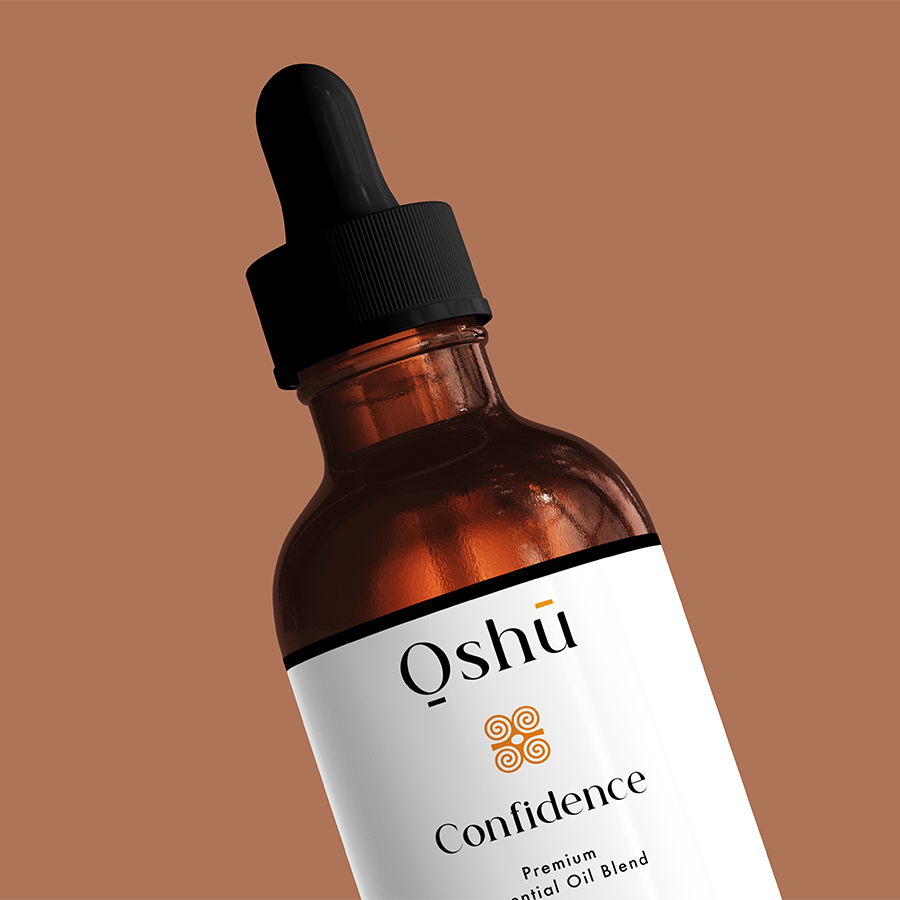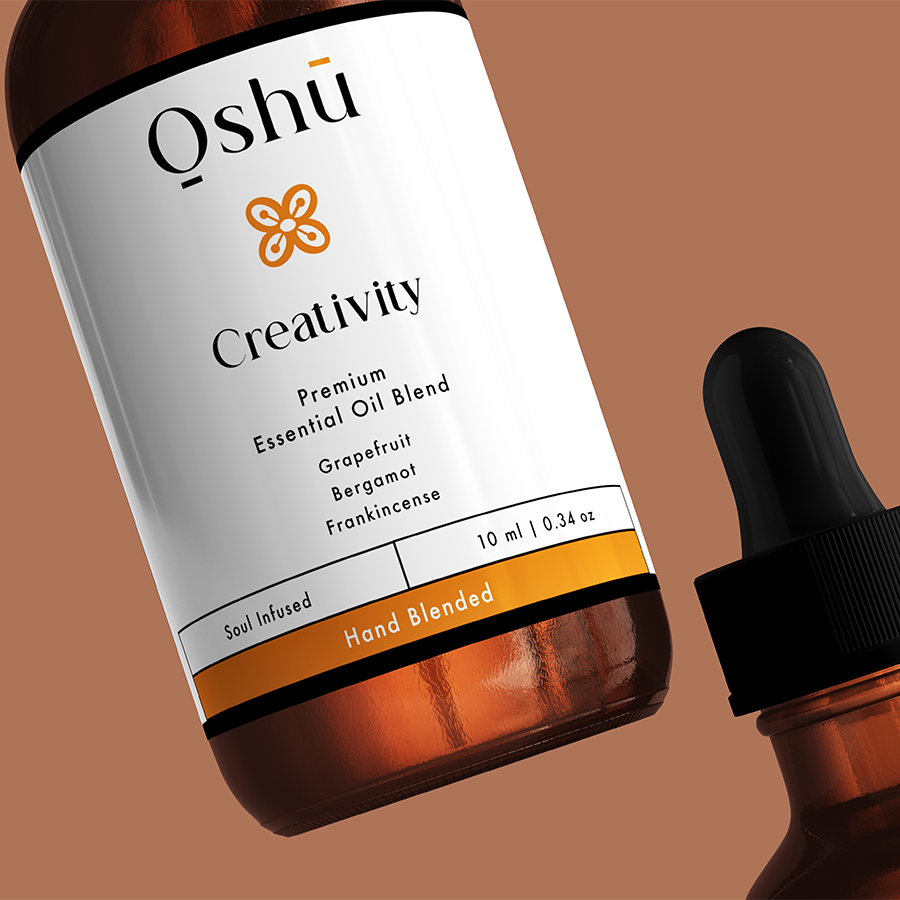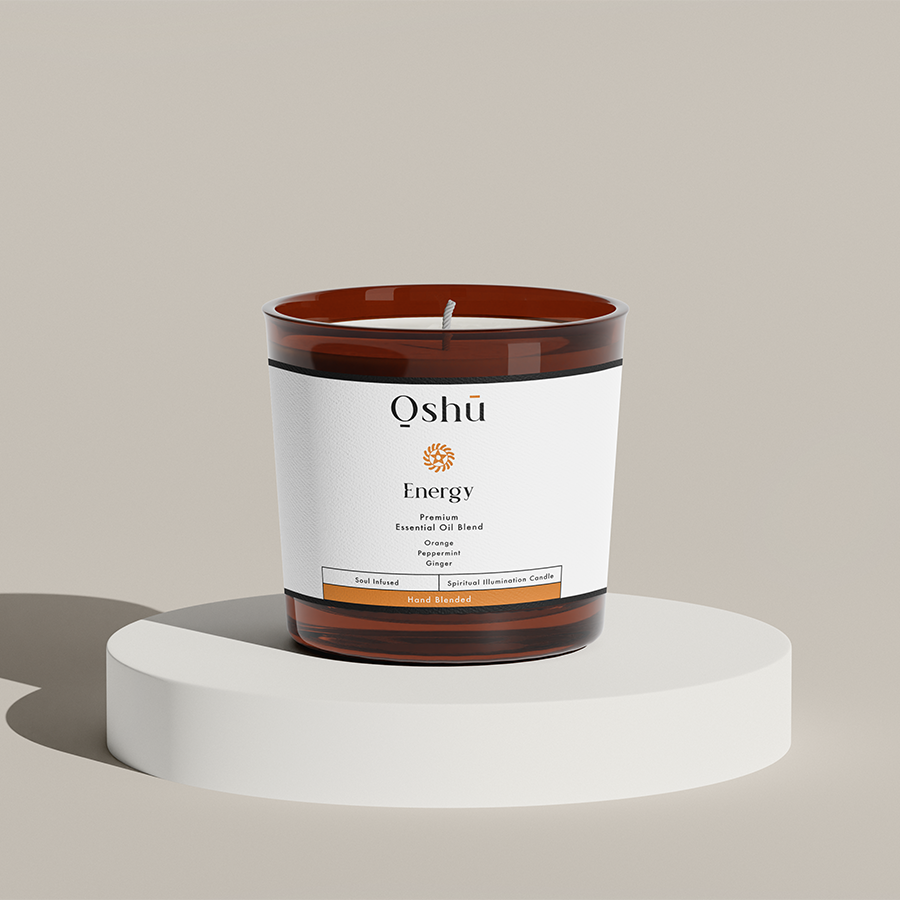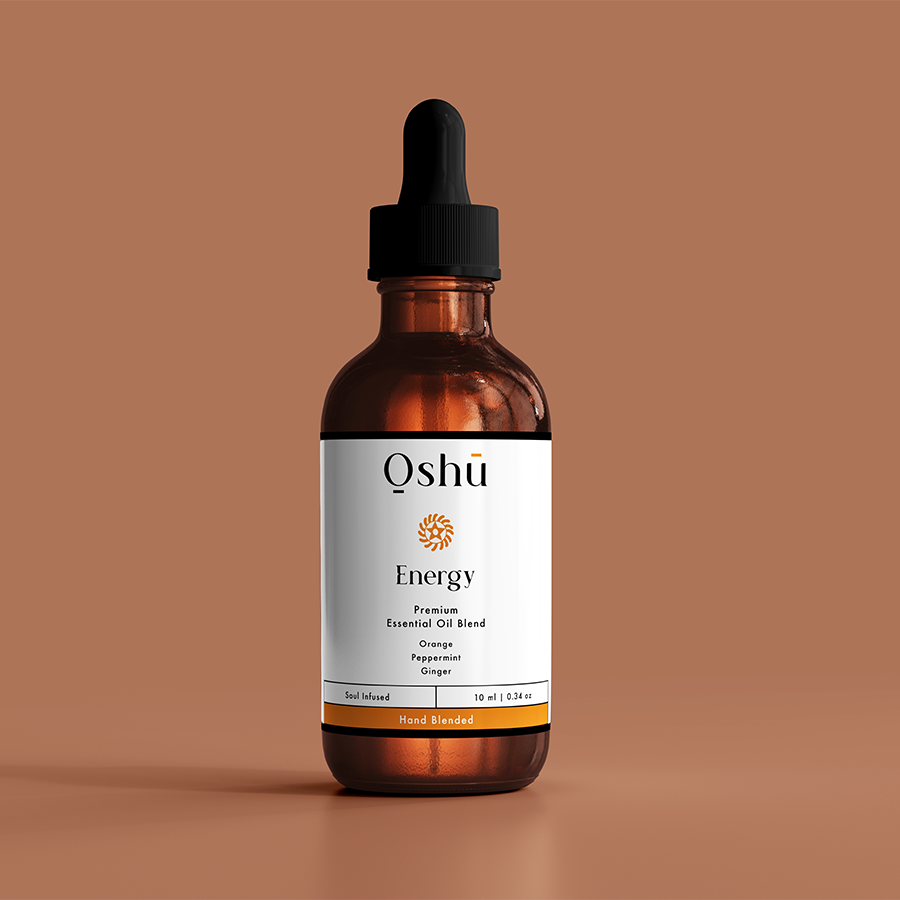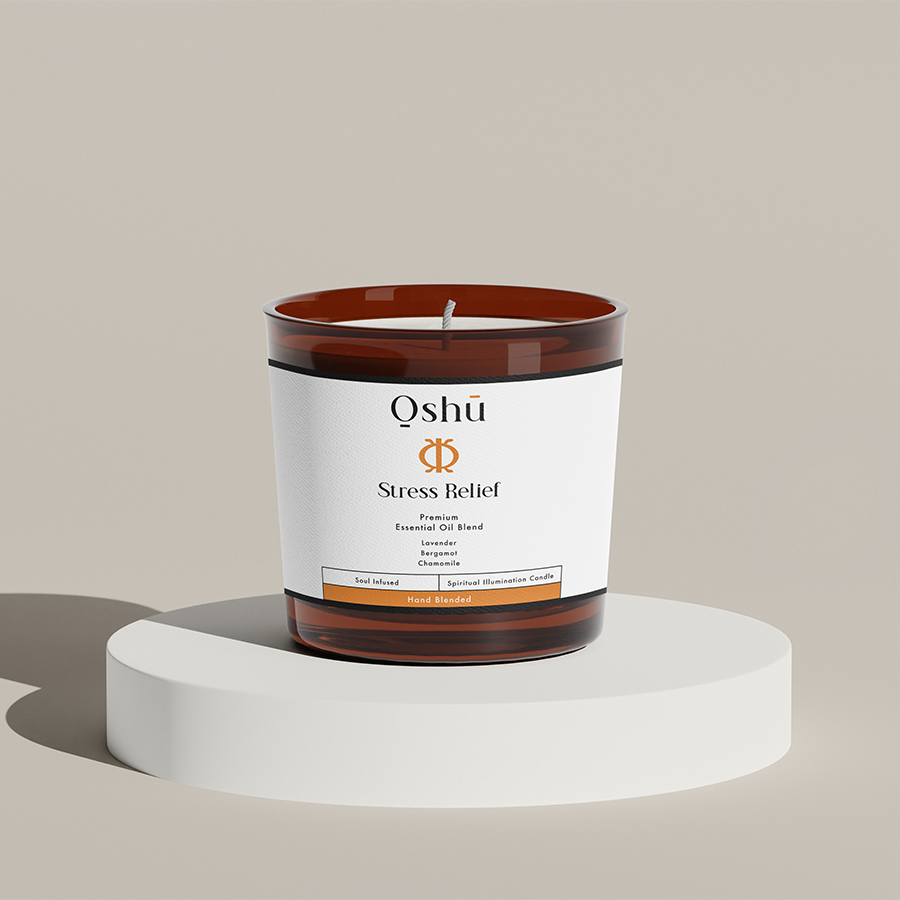Tinea versicolor is a common skin condition characterized by the appearance of discolored patches on the skin, typically on the chest, back, arms, and legs. It is caused by a fungal infection, specifically by the Malassezia fungus, which is naturally found on the skin. The fungus feeds on the oils produced by the skin, leading to an overgrowth and subsequent skin discoloration. Tinea versicolor is more common in warm and humid climates, and it tends to affect people with oily skin or those who are prone to excessive sweating.
Table of Contents
Causes and Risk Factors of Tinea Versicolor
Several factors can contribute to the development of tinea versicolor. These include:
– Genetics: Having a family history of tinea versicolor increases one’s risk of developing the condition.
– Hormonal changes: Hormonal fluctuations, such as those experienced during pregnancy or puberty, can lead to an increase in skin oil production, creating an ideal environment for the Malassezia fungus to thrive.
– Humid and warm climate: Living in warm and humid environments can exacerbate the condition.
– Poor hygiene: Failing to maintain good hygiene practices, such as regularly washing and drying the skin, can contribute to the development of tinea versicolor.
– Weakened immune system: People with weakened immune systems, such as those with HIV/AIDS or undergoing chemotherapy, are more susceptible to tinea versicolor.
– Certain medications: Taking certain medications, such as corticosteroids, can increase the risk of developing tinea versicolor.
Symptoms of Tinea Versicolor
The symptoms of tinea versicolor can vary from person to person, but common signs include:
– Discolored patches on the skin, which may appear as white, pink, or brown spots or patches
– Itching or irritation in the affected areas
– Flaking or scaling of the skin
– Redness or inflammation around the affected areas
Conventional Treatment Options for Tinea Versicolor
Conventional treatment options for tinea versicolor typically involve the use of antifungal medications, such as:
– Topical creams or ointments containing ingredients like clotrimazole, miconazole, or selenium sulfide
– Oral antifungal medications like fluconazole or itraconazole
– Medicated shampoos or body washes
While these treatments can be effective, they may have side effects, such as skin irritation, dryness, or allergic reactions. Additionally, they may not address the underlying causes of the condition, leading to recurrence.
Essential Oils for Tinea Versicolor
Essential oils can provide a natural and effective alternative to conventional treatments for tinea versicolor. Certain essential oils have antifungal and anti-inflammatory properties, making them ideal for treating this condition. Some of the most effective essential oils for tinea versicolor include:
– Tea tree oil (Melaleuca alternifolia): Known for its antifungal and antibacterial properties, tea tree oil can help combat the Malassezia fungus and reduce inflammation.
– Lavender oil (Lavandula angustifolia): Lavender oil has antifungal and anti-inflammatory properties, making it an effective treatment for tinea versicolor. It also has a calming effect on the skin, reducing itching and irritation.
– Geranium oil (Pelargonium graveolens): Geranium oil has antifungal and antibacterial properties, making it effective against the Malassezia fungus. It also has a balancing effect on the skin’s natural pH, reducing the risk of fungal overgrowth.
– Lemongrass oil (Cymbopogon citratus): Lemongrass oil has antifungal and anti-inflammatory properties, making it an effective treatment for tinea versicolor. It also has a refreshing and deodorizing effect on the skin.
How to Use Essential Oils for Tinea Versicolor
To use essential oils for tinea versicolor, follow these steps:
– Dilute the essential oil in a carrier oil, such as coconut or jojoba oil, according to the recommended dilution ratio (typically 2-3% essential oil to 97-98% carrier oil)
– Apply the diluted essential oil mixture to the affected areas using a cotton swab or pad
– Leave the mixture on the skin for 15-30 minutes before rinsing off with warm water
– Repeat the application 2-3 times a day, or as needed
– Combine essential oils with other natural remedies, such as aloe vera or apple cider vinegar, for enhanced effectiveness
Precautions and Contraindications
When using essential oils for tinea versicolor, it’s essential to take certain precautions:
– Always dilute essential oils in a carrier oil, as they can be potent and cause skin irritation if used undiluted
– Perform a patch test on a small area of skin before using a new essential oil to check for any adverse reactions
– Avoid using essential oils on open wounds or broken skin
– Consult with a healthcare professional or certified aromatherapist before using essential oils, especially if you have a weakened immune system or are pregnant/breastfeeding
Tinea versicolor is a common skin condition that can be effectively treated with essential oils. By understanding the causes and symptoms of the condition, and using essential oils like tea tree, lavender, geranium, and lemongrass, you can naturally combat the Malassezia fungus and reduce the appearance of discolored patches on the skin. Remember to always follow proper safety precautions and consult with a healthcare professional if necessary. With patience and persistence, you can achieve healthy, glowing skin using the power of essential oils.
Frequently Asked Questions
What is Tinea Versicolor?
Tinea Versicolor is a common skin condition characterized by the appearance of discolored patches on the skin, usually on the chest, back, arms, and legs. It is caused by an overgrowth of a type of fungus called Malassezia, which is naturally found on the skin. The condition is also known as pityriasis versicolor.
What are the symptoms of Tinea Versicolor?
The main symptoms of Tinea Versicolor include the appearance of small, discolored patches on the skin, which can be lighter or darker than the surrounding skin. These patches may be itchy, scaly, and inflamed. In some cases, the patches may merge to form larger patches.
How is Tinea Versicolor diagnosed?
Tinea Versicolor is typically diagnosed through a physical examination of the skin. A healthcare professional may also use a Wood’s lamp, which is a special light that can help identify fungal infections. In some cases, a skin scraping or biopsy may be necessary to confirm the diagnosis.
What are the causes of Tinea Versicolor?
Tinea Versicolor is caused by an overgrowth of the Malassezia fungus, which is naturally found on the skin. Factors that can contribute to the development of Tinea Versicolor include warm and humid weather, sweating, oily skin, and weakened immune system.
Can essential oils help treat Tinea Versicolor?
Yes, certain essential oils have antifungal and antibacterial properties that can help treat Tinea Versicolor. These oils can help reduce the growth of the Malassezia fungus, alleviate symptoms, and promote healthy skin.
Which essential oils are effective against Tinea Versicolor?
Some of the most effective essential oils against Tinea Versicolor include Tea Tree oil, Lavender oil, Geranium oil, and Lemongrass oil. These oils have been shown to have antifungal and antibacterial properties that can help combat the infection.
How do I use essential oils to treat Tinea Versicolor?
To use essential oils to treat Tinea Versicolor, you can add a few drops of the oil to a carrier oil such as coconut or olive oil and apply it to the affected area. You can also add the oil to a bath or use it in a diffuser to promote relaxation and reduce stress.
Can I use essential oils alone to treat Tinea Versicolor?
While essential oils can be effective in treating Tinea Versicolor, it is recommended to use them in combination with other treatments, such as topical creams or oral medications, as prescribed by a healthcare professional.
How long does it take to see results from using essential oils for Tinea Versicolor?
The time it takes to see results from using essential oils for Tinea Versicolor can vary depending on the severity of the condition and the individual’s response to treatment. Some people may see results within a few days, while others may take several weeks or months.
Are essential oils safe to use on the skin?
Essential oils can be safe to use on the skin when used properly. However, it is important to dilute the oil in a carrier oil and perform a patch test before using it on a larger area. Some essential oils can be irritating to the skin, especially if used in high concentrations.
Can I use essential oils if I have sensitive skin?
If you have sensitive skin, it is recommended to start with a small patch test and gradually increase the amount of oil used. You may also want to consider using gentler essential oils such as Lavender or Chamomile.
Can I use essential oils if I am pregnant or breastfeeding?
If you are pregnant or breastfeeding, it is recommended to consult with a healthcare professional before using essential oils. Some essential oils can be contraindicated during pregnancy or breastfeeding, and it is important to use them with caution.
How do I store essential oils?
Essential oils should be stored in a cool, dark place, away from direct sunlight and heat. It is also important to keep them out of reach of children and pets.
What is the shelf life of essential oils?
The shelf life of essential oils can vary depending on the quality of the oil and how it is stored. Generally, essential oils can last for 1-3 years if stored properly.
Can I use essential oils on children?
Essential oils can be used on children, but it is recommended to use them with caution and in diluted form. Children’s skin is more sensitive than adult skin, and it is important to choose gentle essential oils such as Lavender or Chamomile.
Can I use essential oils on pets?
Essential oils can be toxic to pets, especially if used in high concentrations. It is recommended to consult with a veterinarian before using essential oils on pets.
How do I choose a high-quality essential oil?
To choose a high-quality essential oil, look for oils that are pure, organic, and extracted using a reputable method such as steam distillation. It is also important to read reviews and do research on the company before making a purchase.
Can I use essential oils in cooking?
Some essential oils can be used in cooking, but it is important to use them in small amounts and only if they are labeled as “food grade.” Essential oils can be very potent, and using them in large amounts can be toxic.
Can I ingest essential oils?
In general, it is not recommended to ingest essential oils unless under the guidance of a healthcare professional. Essential oils can be toxic if ingested in large amounts, and it is important to use them only for external use.
How do I dilute essential oils?
To dilute essential oils, mix a few drops of the oil with a carrier oil such as coconut or olive oil. The general dilution ratio is 1-3% essential oil to 97-99% carrier oil.
What is a carrier oil?
A carrier oil is a vegetable oil that is used to dilute essential oils. Carrier oils can help reduce the potency of essential oils and make them safe for use on the skin.
Can I use essential oils with other skincare products?
Yes, essential oils can be used with other skincare products, but it is important to patch test and start with a small amount to ensure that there are no adverse reactions.
How do I patch test essential oils?
To patch test essential oils, apply a small amount of the oil to a discreet area of the skin, such as behind the ear or on the wrist. Wait 24 hours to see if there are any adverse reactions.
What are some common essential oil blends for Tinea Versicolor?
Some common essential oil blends for Tinea Versicolor include Tea Tree oil and Lavender oil, Geranium oil and Lemongrass oil, and Oregano oil and Thyme oil. These blends can be used in a diffuser or added to a carrier oil for topical use.
Can I use essential oils to prevent Tinea Versicolor?
Yes, essential oils can be used to prevent Tinea Versicolor by promoting healthy skin and reducing the growth of the Malassezia fungus. Regular use of antifungal essential oils such as Tea Tree oil and Oregano oil can help prevent the condition.




